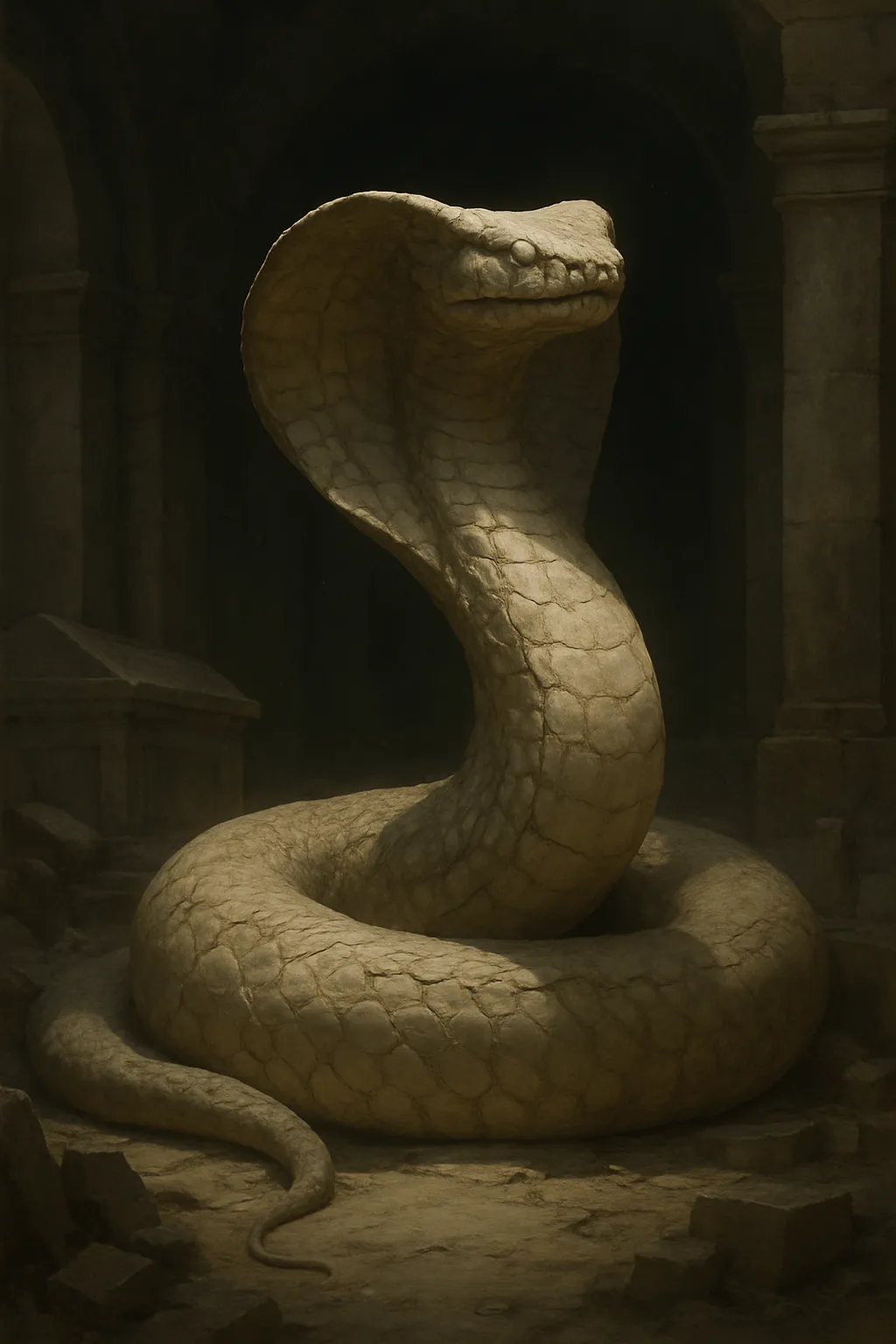
You will feel the weight of your trespass.
Among the more solemn and enigmatic creatures to be cataloged beneath the “beast” designation, the Tomb Basilisk stands apart—not for its aggression or cunning, but for its uncanny stillness and the reverent dread it inspires in those who know of it. Contrary to tales of rampaging serpents and chaotic beasts, the Tomb Basilisk is not a predator by nature. It is, by all observable behavior, a guardian.
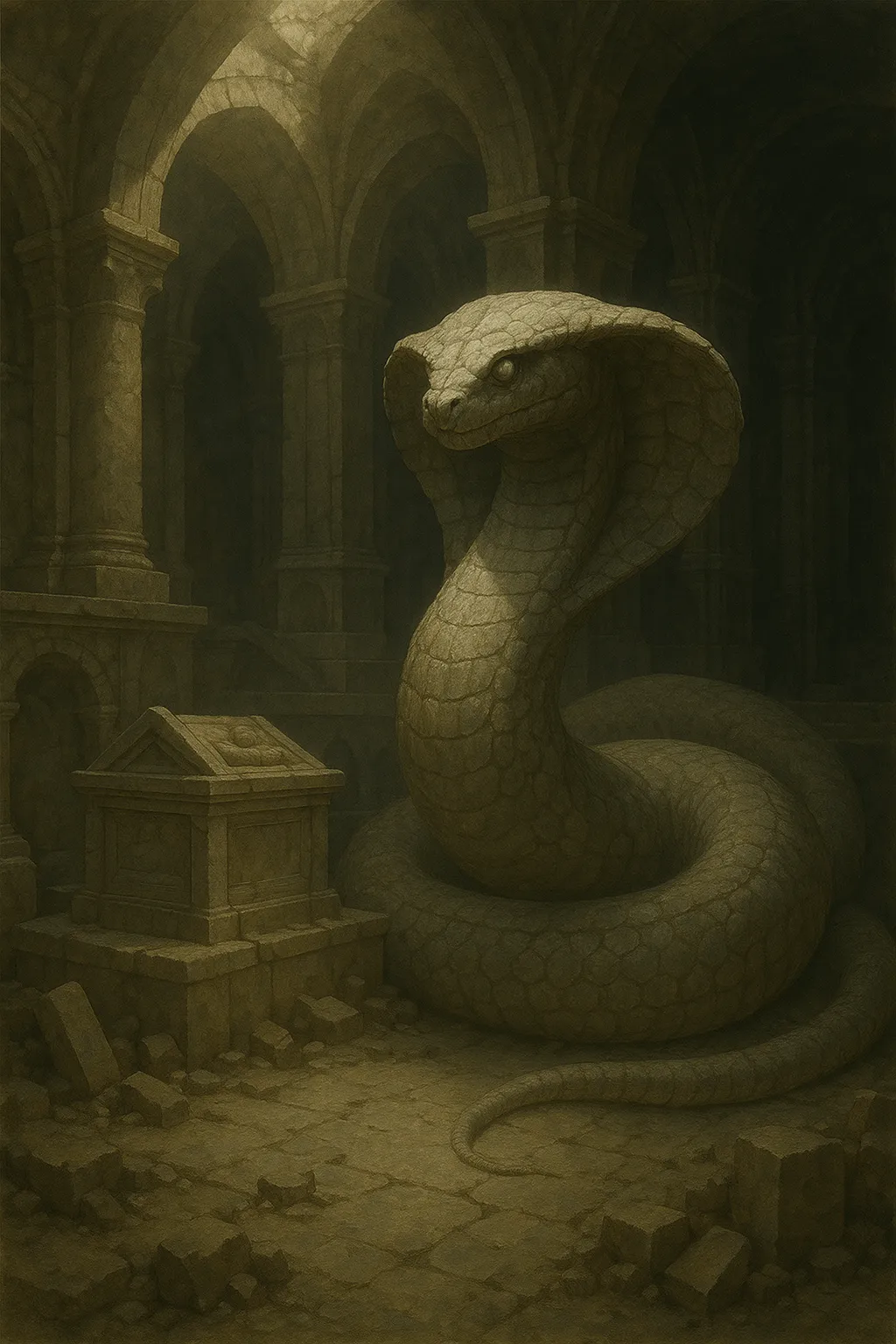 Physically, the creature resembles an immense, hooded serpent — its cobra-like cowl fanning wide when roused, patterned subtly with glyph-like markings that mirror the funerary inscriptions found in the crypts it inhabits. These markings are not believed to be magical in origin, but rather an evolutionary adaptation: camouflage to match its preferred habitat of tombs, shrines, and long-abandoned sanctuaries. Its pale, desaturated scales take on the muted hue of aged stone or ash, further aiding in its ability to remain undetected for years — even decades — at a time.
Physically, the creature resembles an immense, hooded serpent — its cobra-like cowl fanning wide when roused, patterned subtly with glyph-like markings that mirror the funerary inscriptions found in the crypts it inhabits. These markings are not believed to be magical in origin, but rather an evolutionary adaptation: camouflage to match its preferred habitat of tombs, shrines, and long-abandoned sanctuaries. Its pale, desaturated scales take on the muted hue of aged stone or ash, further aiding in its ability to remain undetected for years — even decades — at a time.
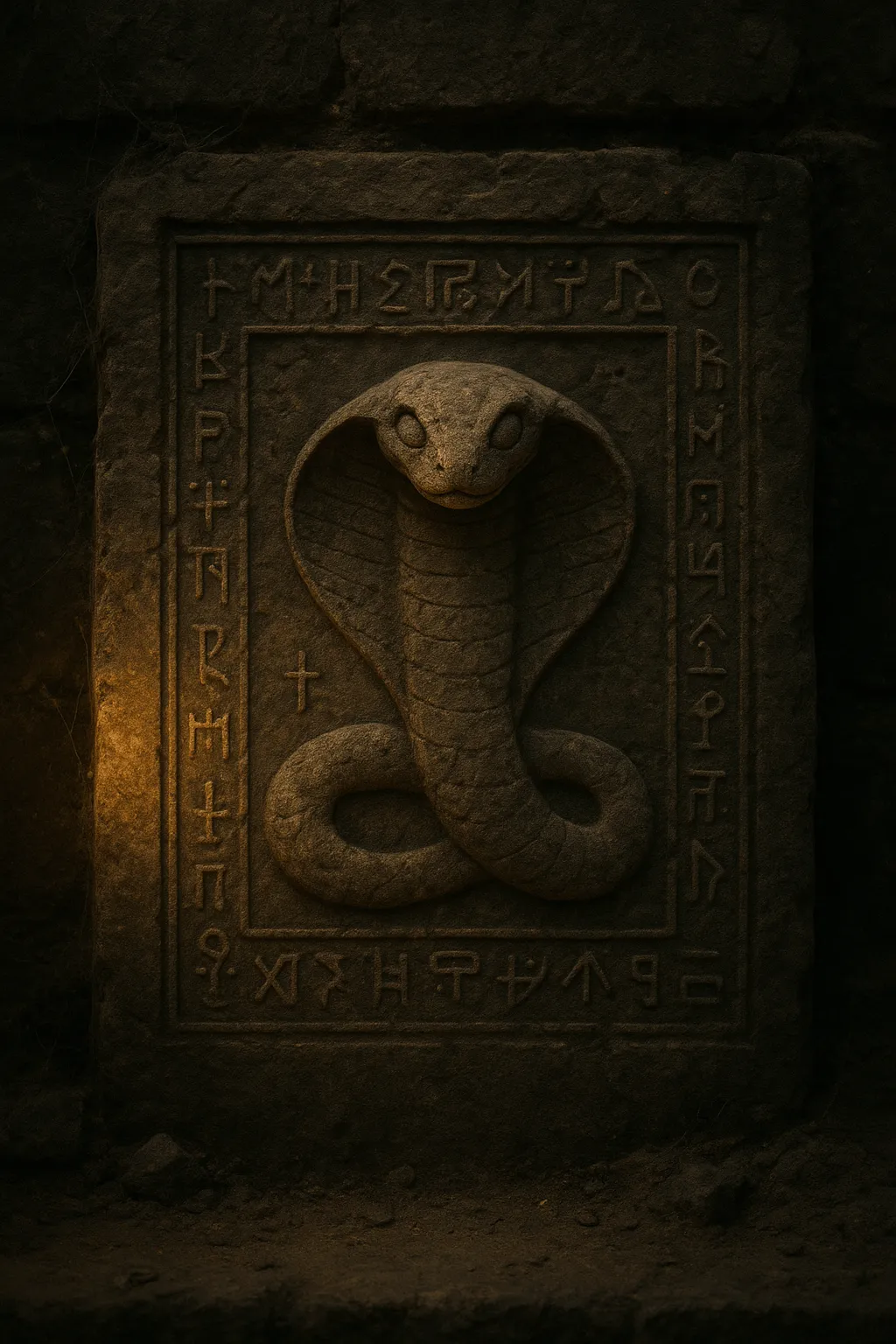 The most infamous feature of the Tomb Basilisk, however, is its stone gaze. Direct eye contact with the creature is known to trigger a slow petrification process in the victim, turning flesh and bone to unyielding stone. This effect is not instantaneous, as with mythical medusae or high curses, but instead unfolds over several agonizing moments — enough for a targeted intruder to recognize their fate before succumbing fully. Though the precise mechanism remains debated, scholars agree the effect is neither arcane nor divine in origin. Rather, it appears to be a rare natural phenomenon, possibly linked to the creature’s internal mineral composition or the low-frequency vibrations it emits when threatened.
The most infamous feature of the Tomb Basilisk, however, is its stone gaze. Direct eye contact with the creature is known to trigger a slow petrification process in the victim, turning flesh and bone to unyielding stone. This effect is not instantaneous, as with mythical medusae or high curses, but instead unfolds over several agonizing moments — enough for a targeted intruder to recognize their fate before succumbing fully. Though the precise mechanism remains debated, scholars agree the effect is neither arcane nor divine in origin. Rather, it appears to be a rare natural phenomenon, possibly linked to the creature’s internal mineral composition or the low-frequency vibrations it emits when threatened.
Despite such a lethal defense, the Tomb Basilisk is a passive creature by default. It does not hunt, nor stray from its lair. It feeds infrequently—if at all—and seems instead to sustain itself on ambient energies: the decay of once-living matter, residual enchantments from burial wards, and the silence of sealed chambers. Some accounts even claim the basilisk enters states of suspended animation, becoming indistinguishable from funerary sculpture until disturbed. In this way, it has earned the nickname “The Sleeper in Stone.”
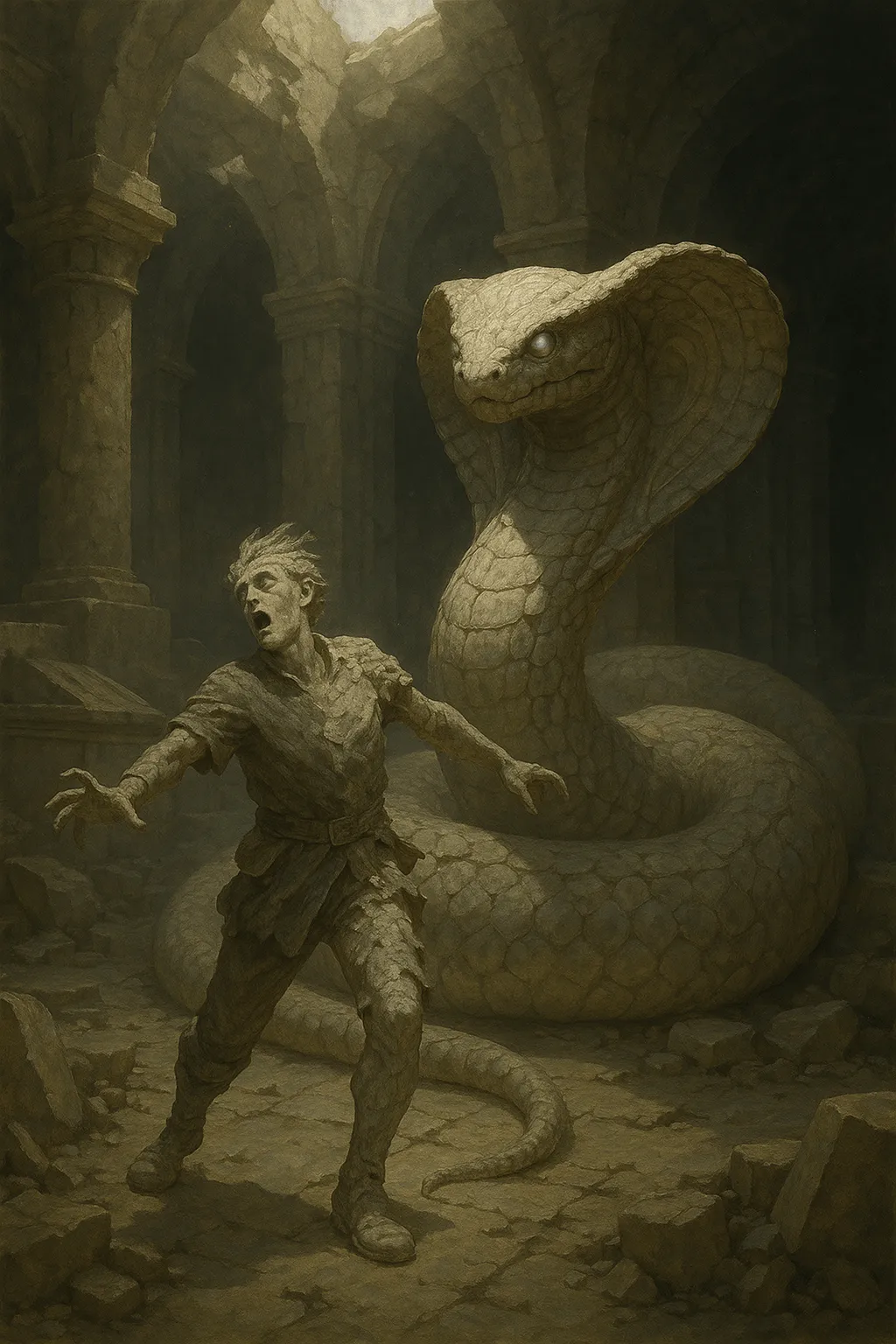 Historically, Tomb Basilisks were deliberately placed in crypts by ancient civilizations. Rather than relying on traps or curses, tomb architects would lure a basilisk to the heart of the vault, where it would instinctively settle and claim the area as its own. Bound not by contract or training but by territorial instinct, the creature would then remain as a living deterrent to would-be robbers. There are records of this practice being so common in certain cultures that warning sigils specific to basilisk-laired tombs were standardized in mortuary script.
Historically, Tomb Basilisks were deliberately placed in crypts by ancient civilizations. Rather than relying on traps or curses, tomb architects would lure a basilisk to the heart of the vault, where it would instinctively settle and claim the area as its own. Bound not by contract or training but by territorial instinct, the creature would then remain as a living deterrent to would-be robbers. There are records of this practice being so common in certain cultures that warning sigils specific to basilisk-laired tombs were standardized in mortuary script.
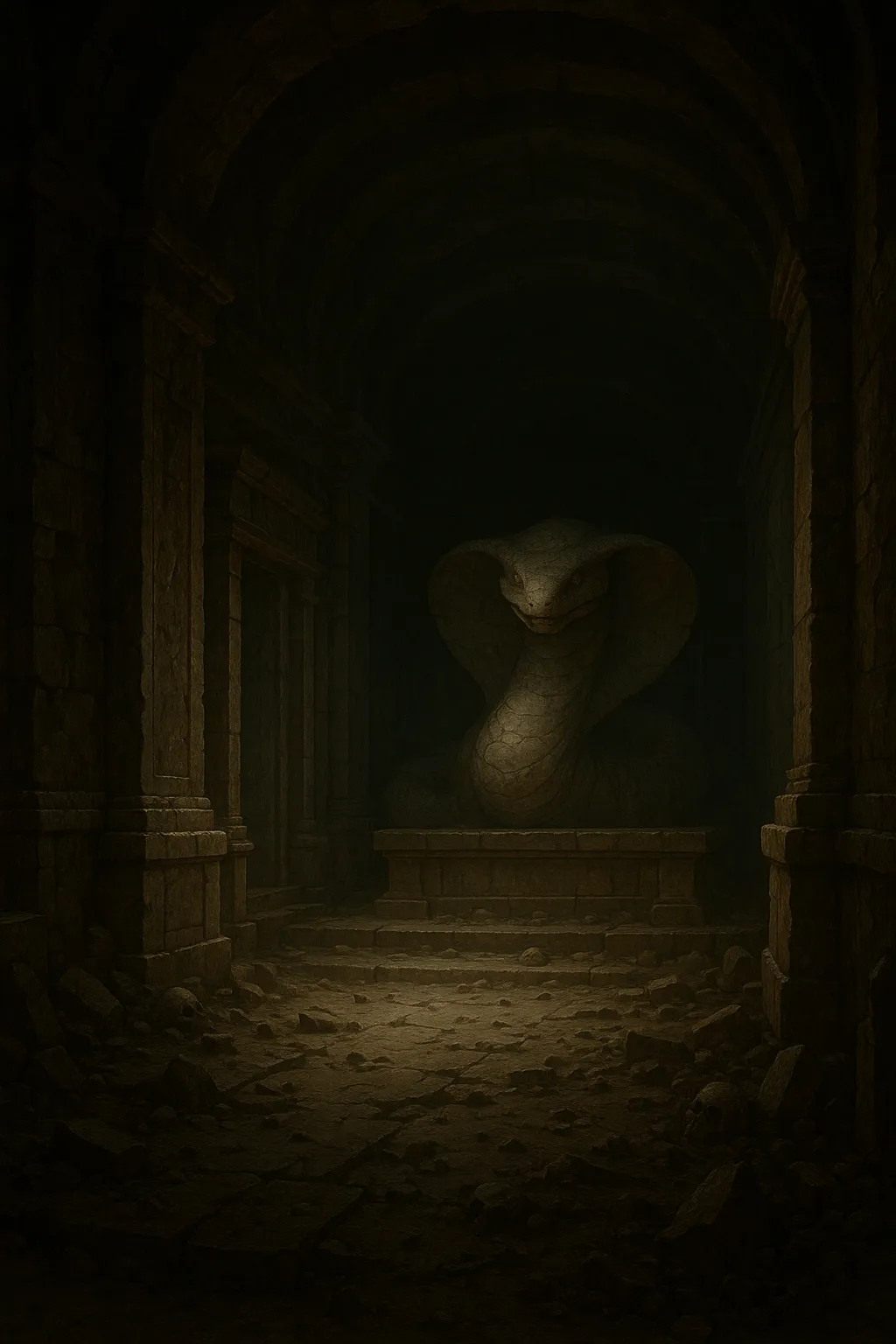 Attempts to relocate or study the creatures in controlled environments have met with failure. Tomb Basilisks are bound to their chosen lairs, and any attempt to move them — whether through force or magical compulsion — results in either violent retaliation or the creature simply refusing to eat or move again, sometimes crumbling into inert stone within weeks.
Attempts to relocate or study the creatures in controlled environments have met with failure. Tomb Basilisks are bound to their chosen lairs, and any attempt to move them — whether through force or magical compulsion — results in either violent retaliation or the creature simply refusing to eat or move again, sometimes crumbling into inert stone within weeks.
Curiously, the creature shows no interest in those who enter a tomb with reverence — such as caretakers, mourning descendants, or silent pilgrims. But it reacts violently and without hesitation to intrusion marked by greed, haste, or desecration. Whether this is due to some refined sense of intent, or merely coincidental patterning, remains unknown.
The following magical heirlooms are fictional and lore-based in nature. Each one is an affiliate link to a real-world item on Amazon that we've hand-selected to complement this artifact's lore.
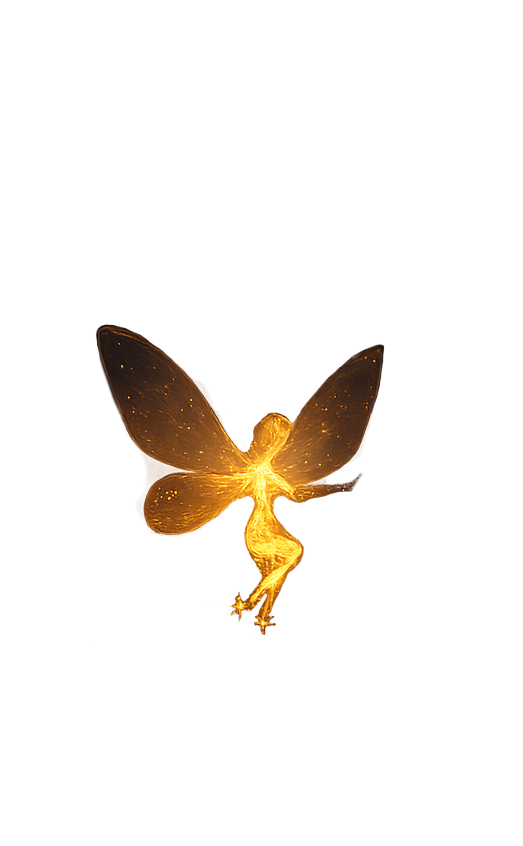
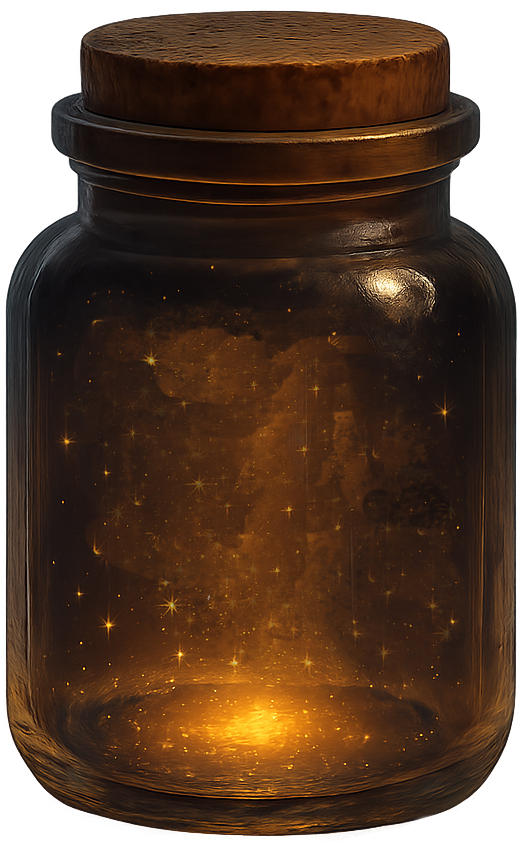
If you click a link and buy an item, we may earn a commission.It costs you nothing extra, but can help keep this little corner of the internet glowing.
What does this mean?
Your own loyal bodyguard, skilled not just with the sword but pen as well.

One second outside the box is one year inside. Turns impatience to strategy.
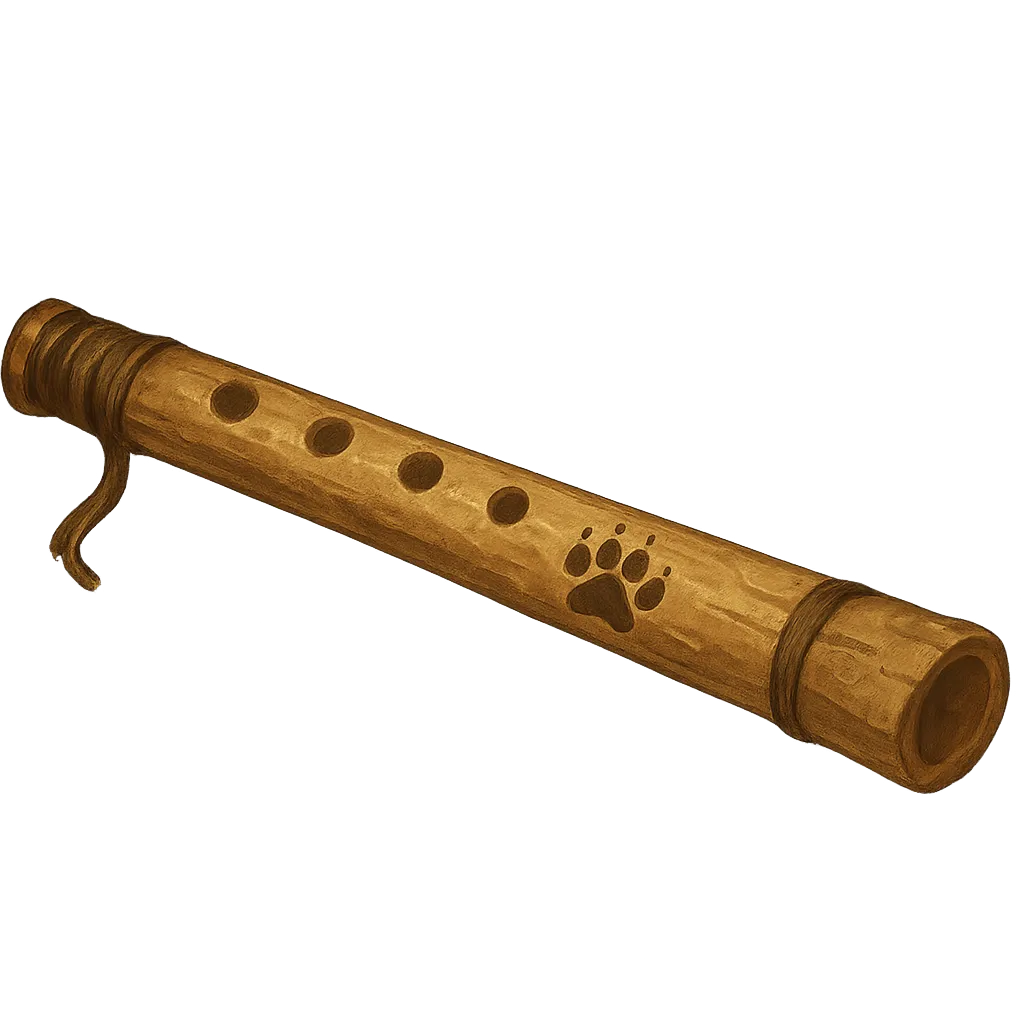
Said to tame even the mightiest of beasts, this flute’s melody is older than memory.

This cracked emerald monocle nullifies petrification—but only for the first four glances; after that, it politely ceases to intervene.



